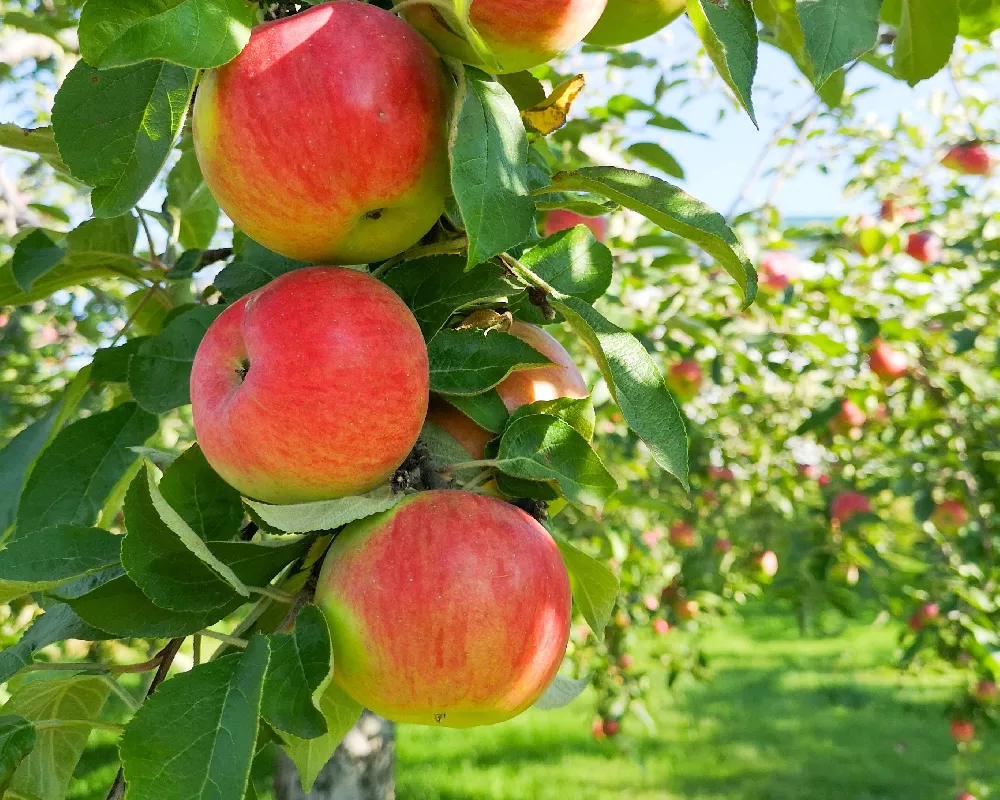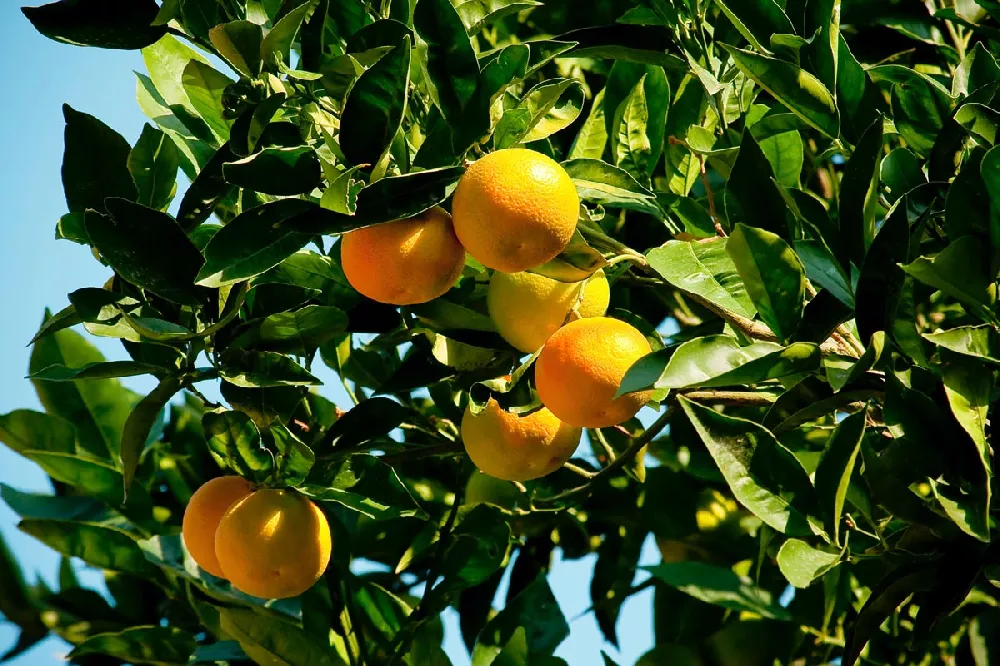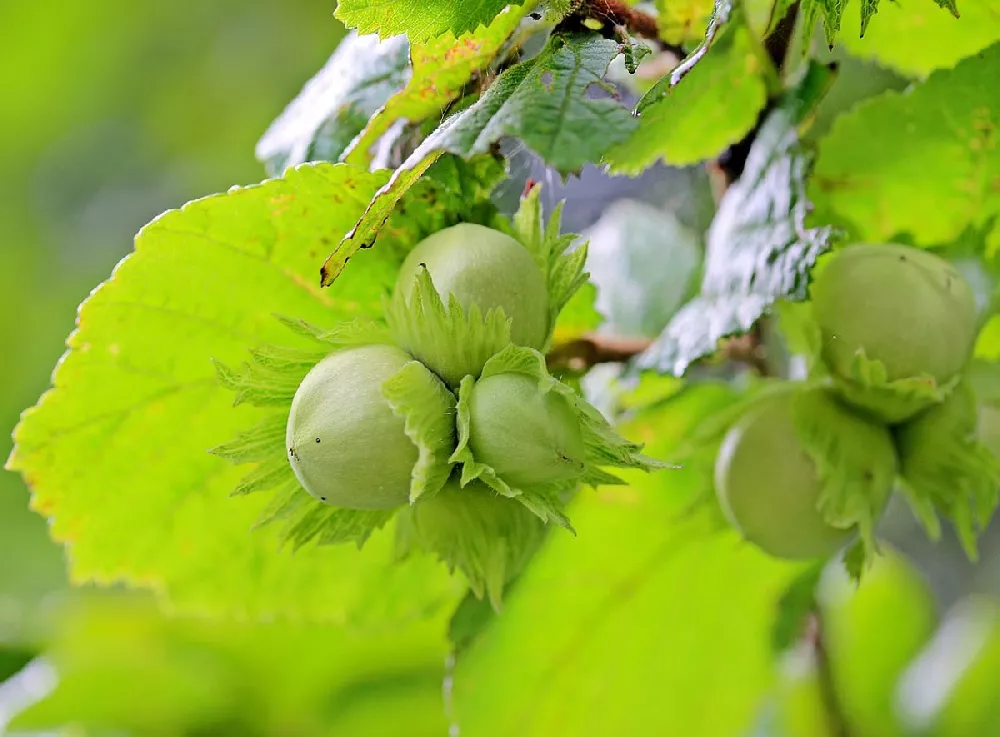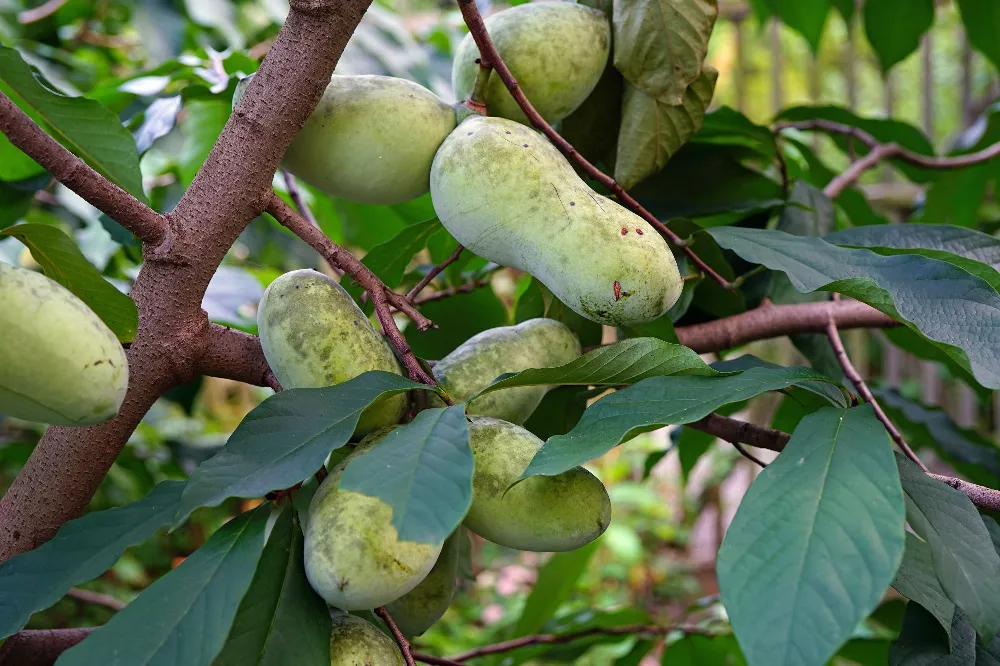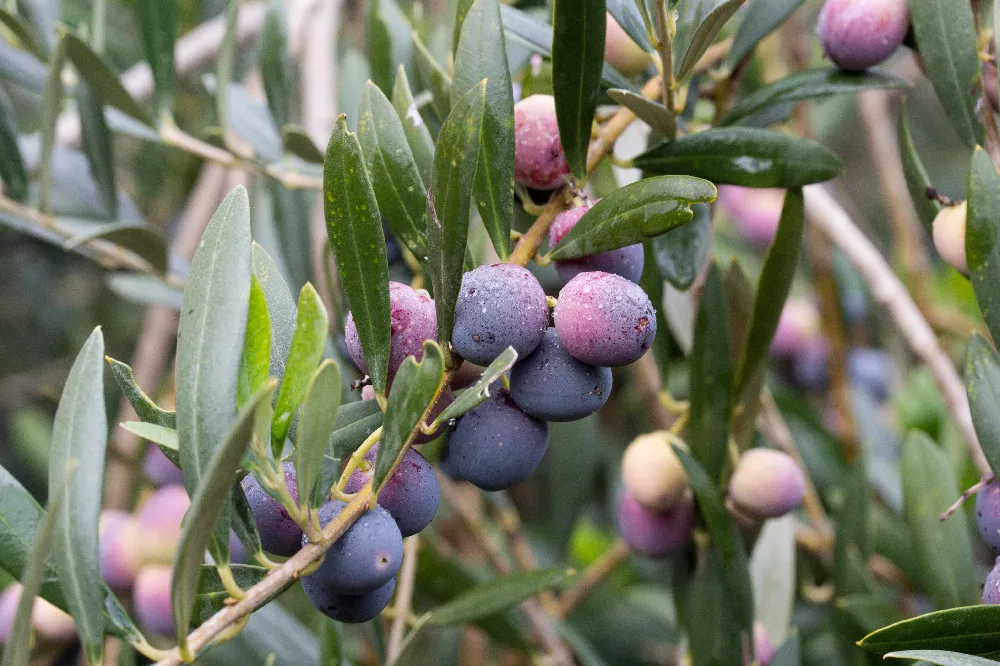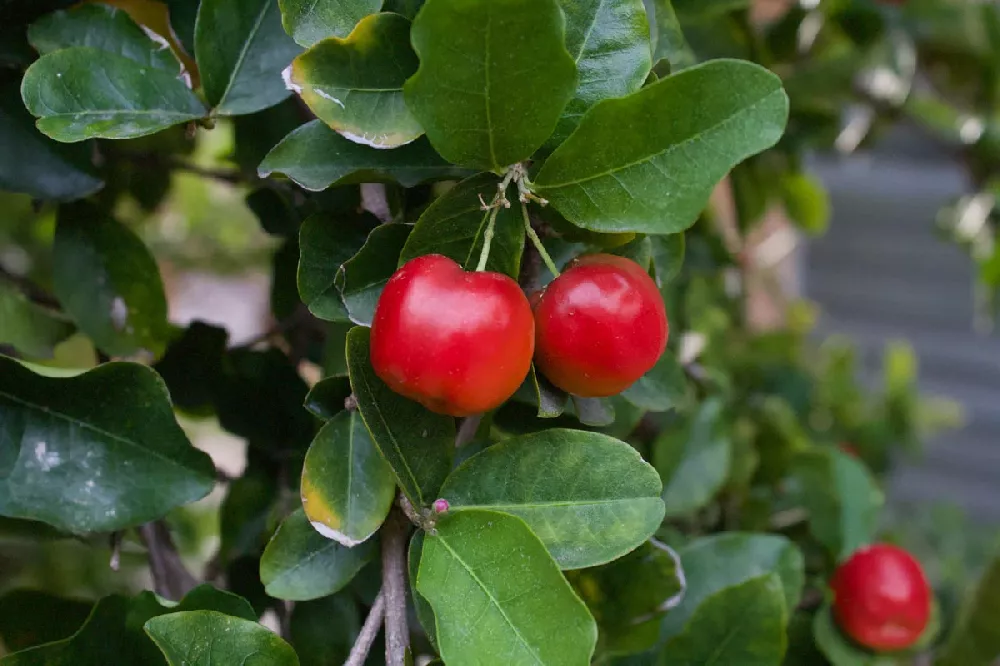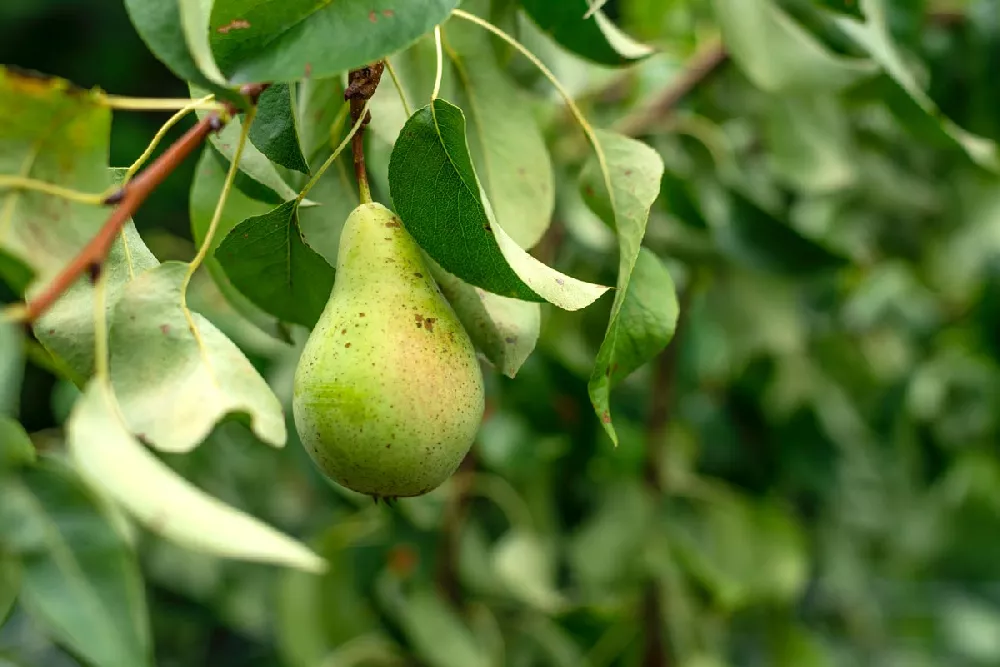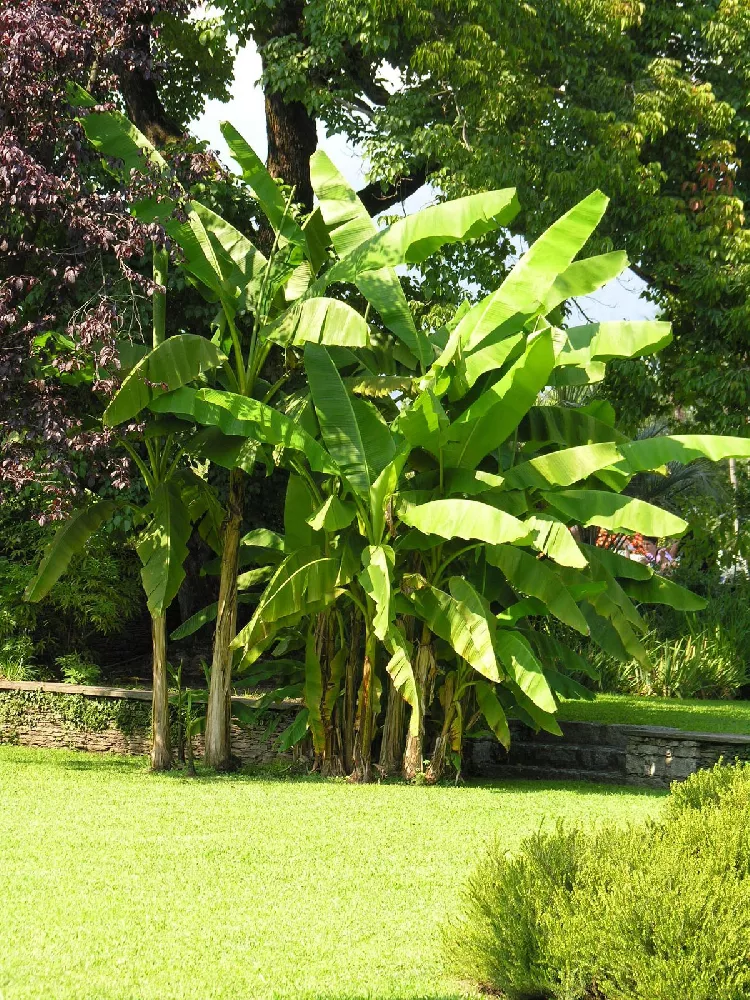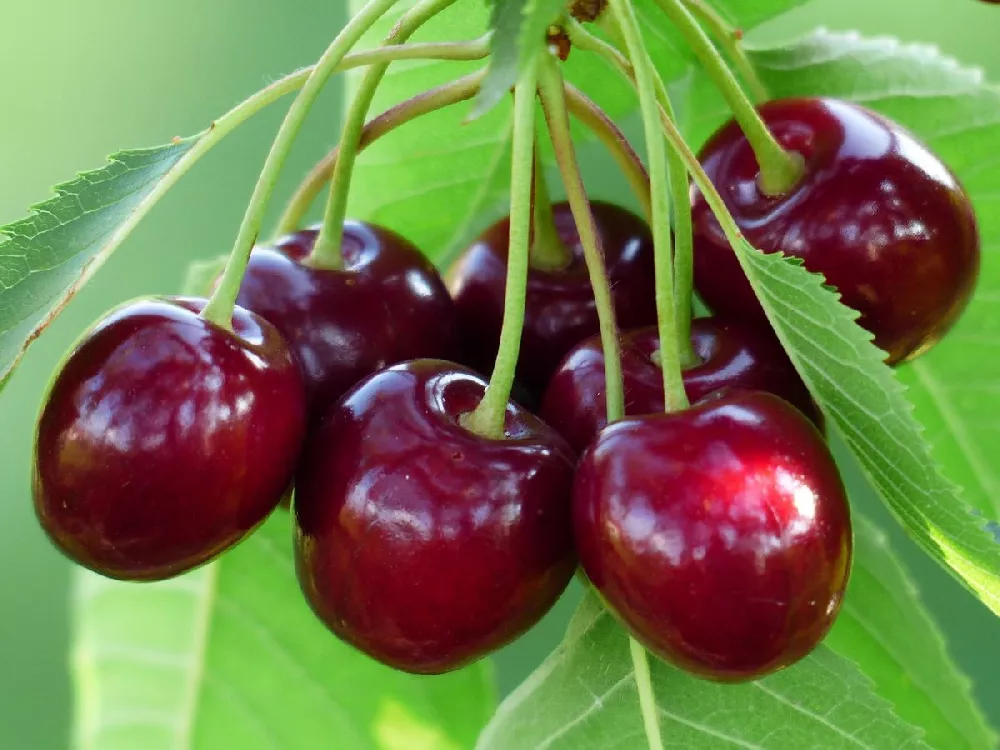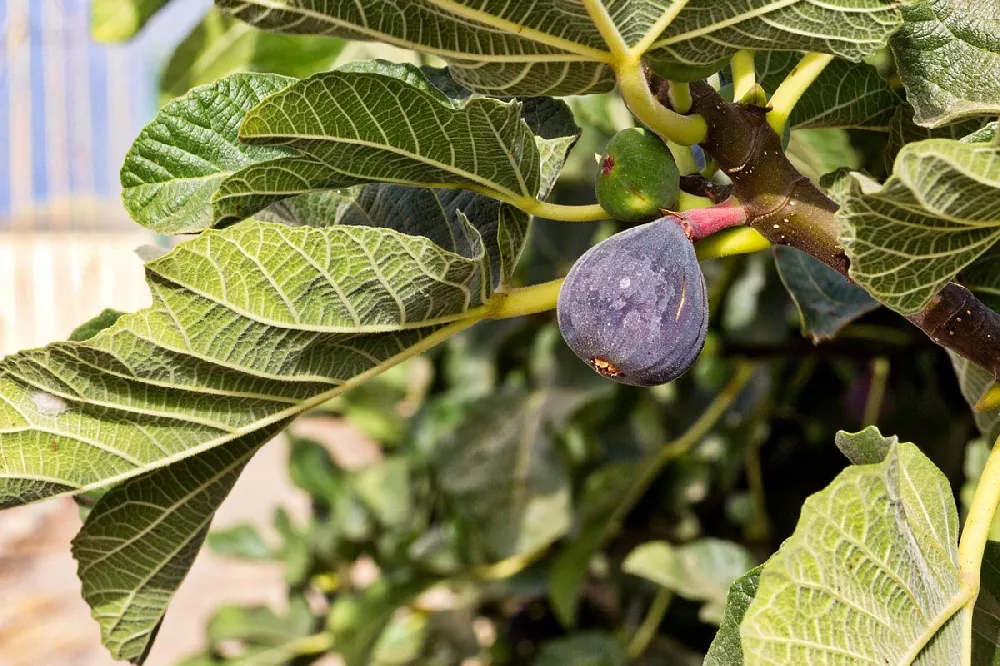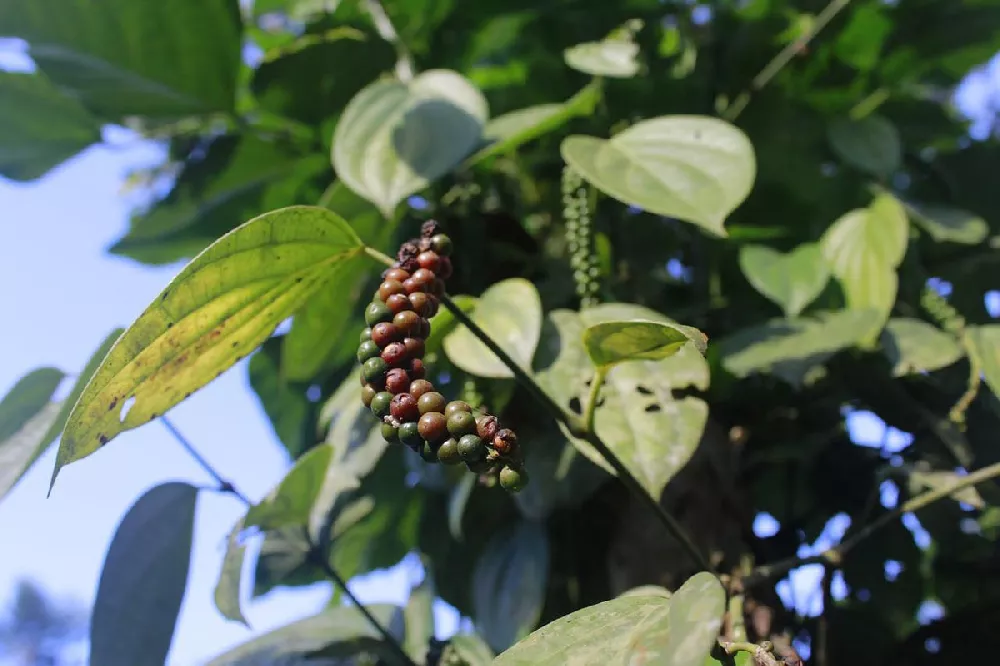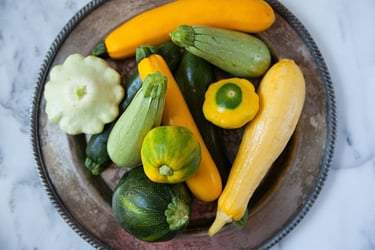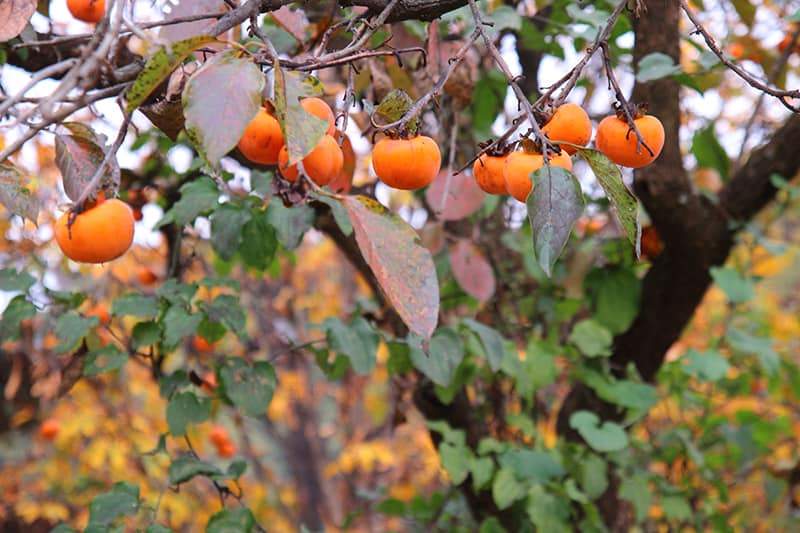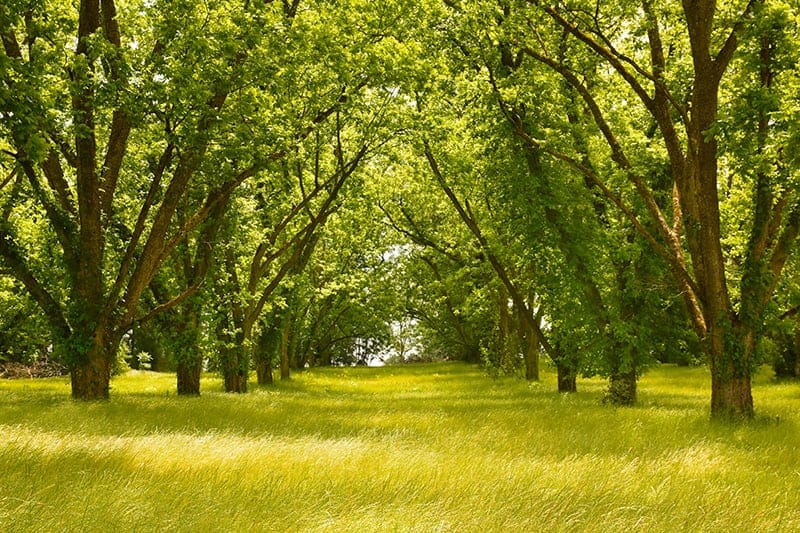- Home >
- Edible Plants
Edible Plants for Sale - Buying & Growing Guide
Filters
Price Range
Growing Zones
Plant Type
Flower Color
Sunlight
Mature Height
Plant Characteristics
135 Results
-
Growing Zone(s): 6-9$84.95
$99.95Save up to 15% -
Best SellerGrowing Zone(s): 4-8$109.95
$134.95Save up to 18% -
Growing Zone(s): 4-11 patio / 8-11 outdoors$55.95
$56.95Save up to 1% -
Growing Zone(s): 4-9$86.95
$109.95Save up to 20% -
Growing Zone(s): 5-9$66.95
$84.95Save up to 21% -
Best SellerGrowing Zone(s): 3-11 / 8-11$49.95
$99.95Save up to 50% -
Growing Zone(s): 3-11 / 9-11$99.95
$149.95Save up to 33% -
Growing Zone(s): 5-7$149.95
$189.95Save up to 21% -
Growing Zone(s): 5-11$47.95
$52.95Save up to 9% -
Growing Zone(s): 5-8$84.95
-
Growing Zone(s): 7-10$76.95
$82.95Save up to 7% -
Growing Zone(s): 3-11 / 10-11$61.95
$64.95Save up to 4%
Edible Plants – Buying & Growing Guide
Edible gardening includes fruit, vegetables, herbs, and edible flowers. There are thousands of varieties within each of these categories, and you are sure to find one or more that appeal to you and are easy to grow in your garden.
Types of Edible Gardening
| Type | Growing Zones | Mature Height | Harvest Season | Sun | Features |
| Tomato, Solanum lycopersicum | Annual (zones 3-12) | 3-6 feet | July to October | Full sun: 6 or more hours of direct light a day | Comes in bush and vine forms, and more than 10,000 cultivars are available |
| Basil; Ocimum basilicum | Annual (zones 2-13) | 18-24 inches | June to September | Full sun: 6 or more hours of direct light a day | Can be harvested as soon as plants are 6-8 inches, and best grown from transplants |
| Strawberries, Fragaria x ananassa | 5-8 (cool season annuals in zones 9-10) | 6 inches | June to first frost | Full sun: 6 or more hours of direct light a day | Short-lived perennial, can reproduce through runners, and is easy to grow |
| Summer squash, cucurbita pepo | Annual (zones 3-10) | 1-3 feet | July to September | Full sun: 6 or more hours of direct light a day | Tender annual, will frost-kill, can be hand-pollinated andmay need trellising |
| Thyme, Thymus vulgaris | 4-10 | 6-12 inches | Throughout the growing season | Partial to full sun: at least 4 hours of sun a day | Evergreen perennial, mulch well in winter, can be picked all year |
| Watermelon, Citrullus lanatus | Annual (zones 2-11) | 16-24 inches” | July to October | Full sun: 6 or more hours of direct light a day | Tender annual, vines can reach 20 feet, melons are ripe when tendrils turn brown |
| Garlic, Allium sativum | 3-8 | 24-36 inches | June to August | Full sun: 6 or more hours of direct light a day | Perennial but grown as an annual, plant in fall after the first frost |
| Lettuce, Lactuca sativa | Annual (zones 2-10) | 12 inches | May to November | Partial to full sun: at least 4 hours of sun a day | Easy to grow, bolts in hot weather, tolerates frost and some shade |
| apples, Malus pumila | 3-8 | 6-30 feet | September to October | Full sun: 6 or more hours of direct light a day | Most require two or more varieties for pollination, dwarfs can be pot-grown |
| Broccoli, Brassica oleracea var. italica | Biennial, grown as annual (zones 2-11) | 24 inches | July to November | Full sun: 6 or more hours of direct light a day | Tolerates cool weather, harvest before flower buds open |
How to Plant Edible Plants
Most edible plants do best in well-draining soil amended with an application of well-rotted compost or manure. With a few exceptions, such as lettuce and some herbs, edibles do best in full sun.
When planting, consider the mature size of your plants. Watermelon vines, for example, can extend 20 feet, so be sure you plant them in a spot where they’ll have room to spread out. Planting edibles too close together can result in fungal diseases.
Feed your edible plants with a balanced, slow-release fertilizer throughout the growing season according to package directions. Most edibles do best with about an inch of water a week, if not getting that amount from rain, give them a drink from the hose or an irrigation system.
How to Grow Edible Plants
- When. Plant edibles plants in the spring after the danger of frost is past. Plant tomatoes, peppers, and other members of the nightshade family once the soil has warmed up to 65 to 70 degrees Fahrenheit.
- Where. Full sun is best for most edible plants. They will produce the best crops if they receive six or more hours of sunlight a day.
- How. Dig a hole deeper than your seedling’s root ball and place it in the hole. Fill in with soil around the roots. If planting from seeds, cover them with the amount of soil indicated on the package. Water thoroughly once planted. Mulching will protect the young plants and help conserve water in the soil.
How to Care for Edible Plants
- Watering and nutrients. Direct water at the base of your edible plants and avoid wetting the leaves to help avoid fungal diseases. Regular feeding of fast-growing summer annuals will help ensure that you get a bumper crop of produce.
- Pruning. Most vegetables, with a few exceptions, don’t require pruning except to remove dead or diseased limbs or foliage. Fruit trees need regular pruning in late winter to control and encourage new growth.
- Pollination. Some edible plants are self-pollinating or don’t require pollinators to produce a crop, such as many herbs. Vegetables, including summer squash and most fruit trees, are pollinated by insects or the wind, and some need to be planted near another of the same or a different variety to ensure cross-pollination.
- Harvesting. Harvest times vary for edible plants. Some, including many herbs, can be harvested throughout the growing season, others, such as most vegetables, ripen in mid to late summer, with September and October being prime harvest seasons.

